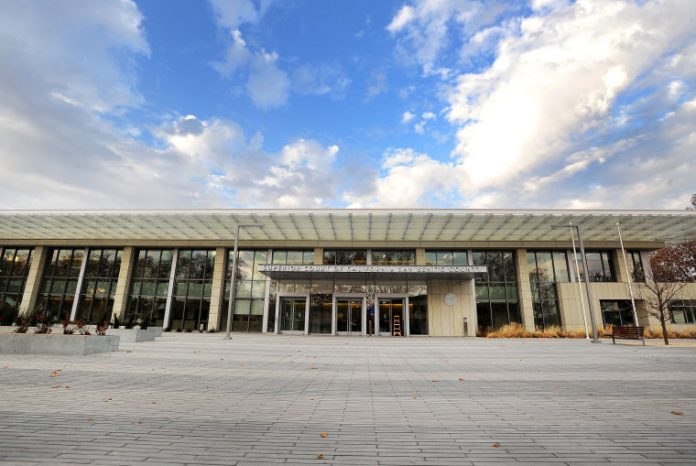
When the new county courthouse is ready for business, supervisors should set aside their political playbook and open the complex.
Construction is wrapping up on the state-funded, $33 million project that broke ground in the spring of 2012, and local court officials say the new building could open by the end of this month or early February. The new courthouse is a major upgrade from the current, dilapidated structure built more than 50 years ago and would expand the space from 11,000 square feet to 41,500 square feet. It also would reduce some costs for transporting inmates across town to and from the jail – because the new building has adequate holding cells – and it would provide a much-needed security boost, which is at the core of supervisors’ recent dissension.
Board members were alarmed when they found out, in the project’s ending stages, that the county would be on the hook for additional court-security personnel required by the state to ensure coverage throughout the facility. Their discussions elevated to the point of broaching the possibility of delaying the transition to the new courthouse in order to prevent those added costs – clearly an attempt to get the state’s attention. County officials estimate they need at least three more bailiffs for the new state-funded building at Fourth and Monterey streets at an estimated cost of $400,000 annually.
Their concerns are valid in a county with an annual general fund budget of $30 million, but it would better serve the community to take a two-pronged approach: Open the courthouse and continue lobbying efforts to either get the money back or change the state’s funding formula for new courthouses.
San Benito County could join with other rural communities significantly affected by the added security costs such as Calaveras, which encountered similar funding problems when it opened its new courthouse in November, while commissioning help from the area’s two state representatives and perhaps the Rural County Representatives of California. It also would be worth officials’ time to follow up on an idea supervisors broached, to find out whether additional private security might adequately satisfy the state’s requirement.
Delaying the opening as a political tactic, though, would only harm the local community – by continuing to put citizens and court personnel at risk due to a building layout that severely limits security strategies.








